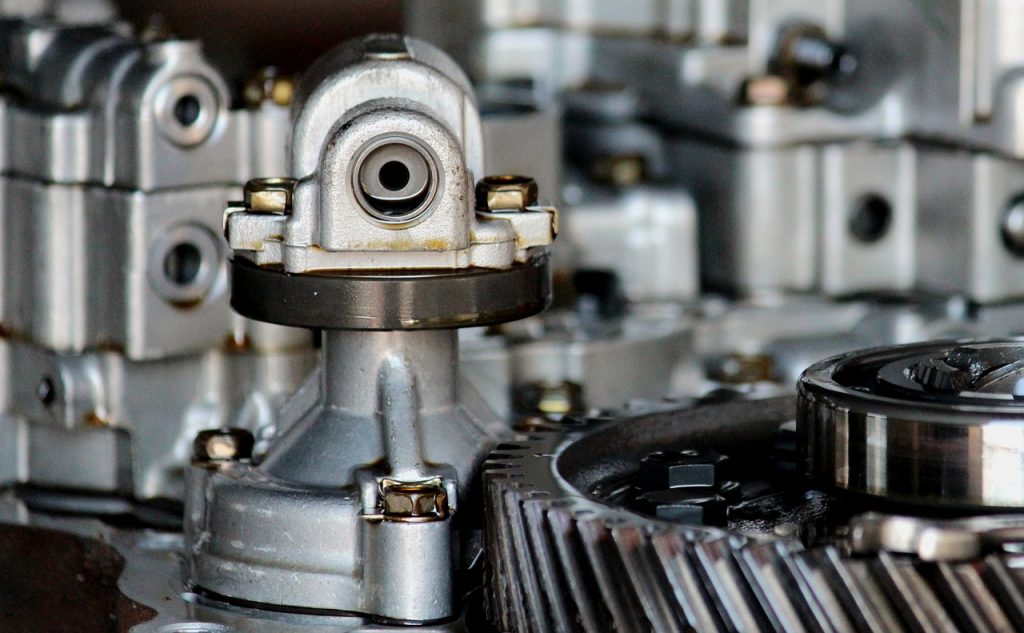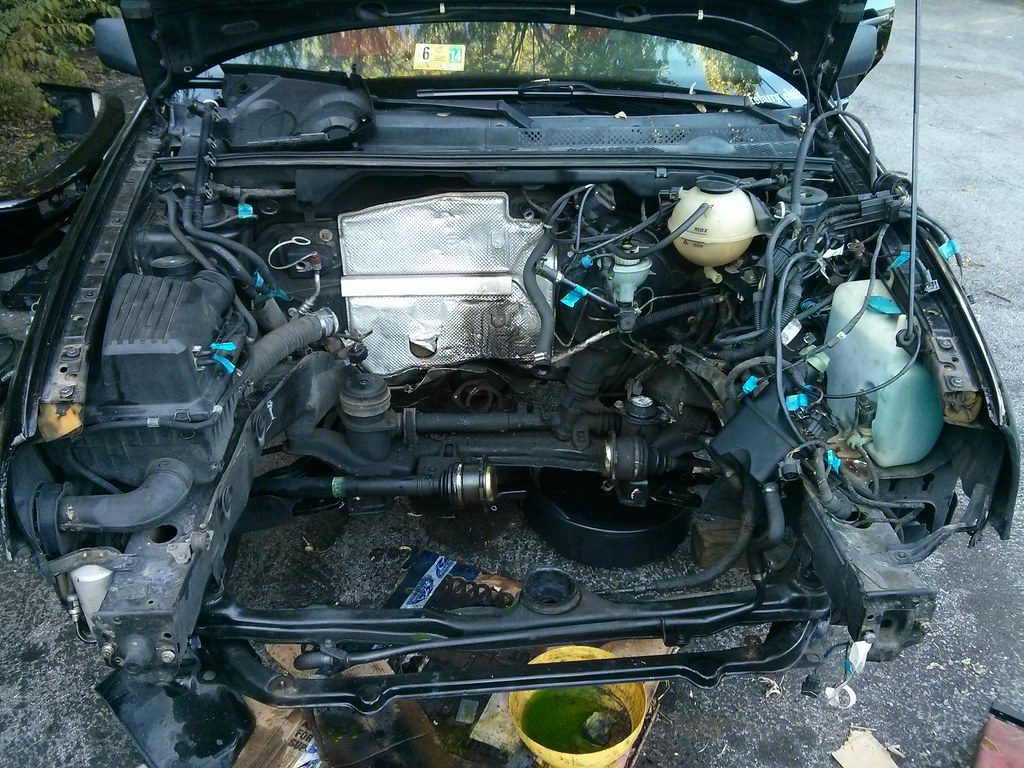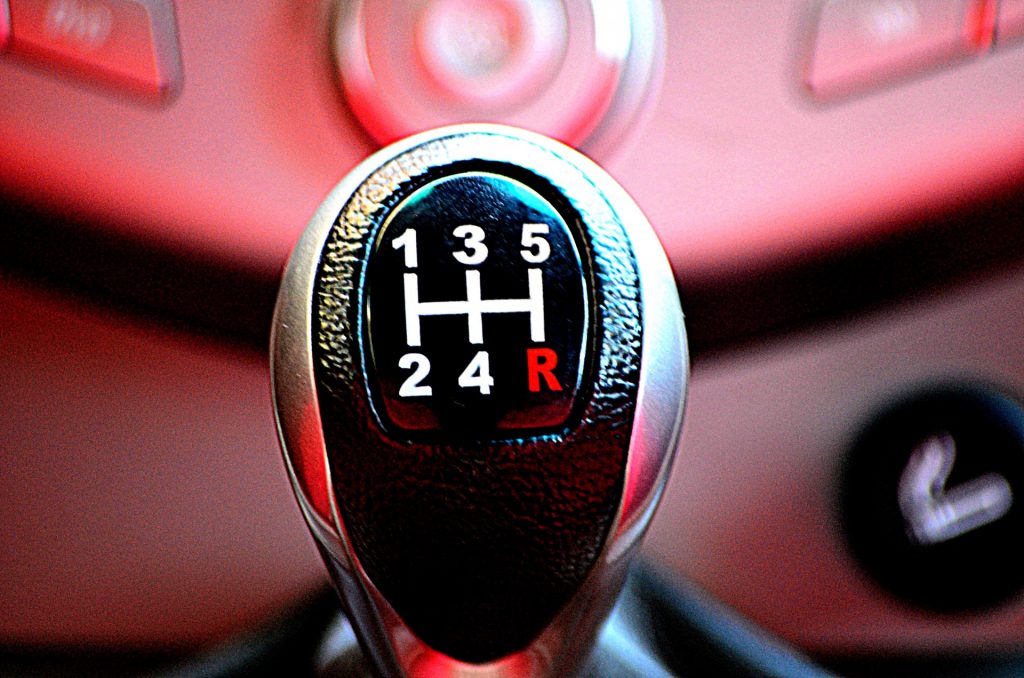A vehicle’s transmission is what gets the power from the engine to the wheels. If the transmission system or any of the components, for instance, the sensors and computers, stop working or become faulty, you won’t be moving anywhere.
Vehicles either have manual or automatic transmission systems. Manual transmissions are usually sealed units, so you won’t need to check or add transmission fluid directly to the system, although you should change it as recommended by the manufacturer. You do need to check and change the fluid in an automatic transmission system, however. Additionally, you could face any of the other transmission problems listed below:
1. TRANSMISSION LEAKS
Similar to other vehicle parts that hold liquids, your transmission can leak. If you lose enough fluid, the transmission won’t work. Transmission fluid is needed to keep the system lubricated and working properly. If you notice that your vehicle moves just fine going forward, but won’t reverse, this is usually a sign of low fluid levels, and you’ll need to have the leak fixed. It might be the pan gasket that is leaking, or it could be the front pump.
2. BAD CLUTCHES
If your transmission appears to be unresponsive, the cause could be worn clutches. The clutch system is made up of friction plates and steel plates, which eventually wear out from normal wear and tear. Worn down plates means that the proper pressure cannot be placed on the planetary gears, which determine which gear you are in. If the transmission fluid levels are correct and the transmission is slipping, you will most likely need to get the clutch kit replaced. You can tell if your transmission is slipping if the engine revs up, but your vehicle doesn’t move accordingly.
3. NOISES
If you start hearing whines and clunks from under the hood, get it checked sooner rather than later. There could be an issue with the torque converter or the planetary gears mentioned before. Torque converters are replaceable, but if your planetary gears are shot, you’ll need a whole new transmission system.

4. SHAKING AND GRINDING
This is a fairly common occurrence with manual transmissions and is usually a problem with the gears. This includes grinding when you put the vehicle in gear. In most cases, you’ll need to replace the clutch kit completely.
5. THE CAR WON’T GO INTO GEAR
The first thing to do if you notice this happening is to check the transmission fluid levels. If they are correct, the problem could possibly be that the fluid is too thin and needs changing. Or it could be the shift cable or clutch linkage needs adjusting. The problem could also be caused by a bad computer or malfunctioning sensor. In some cases, you might notice the ‘service engine soon’ light is flashing on your dashboard. You will need to take the vehicle to a competent auto technician like Fix it Transmissions can read the codes and determine what the issue is.
6. SLIPPING AND POPPING INTO AND OUT OF GEAR
If the transmission system has the right amount of fluid but is still slipping or going in and out of gear, it could be the link that holds the gear could be worn down or broken. This needs to be repaired as soon as possible since it can pose a safety risk while you are driving.
7. DRAGGING CLUTCH
This is one of the least expensive repairs you can get on a transmission system. A dragging clutch is when the clutch disk does not disengage from the flywheel when you press the pedal and is usually due to too much slack in the clutch pedal. This slack causes the linkage to not pull the clutch disk away from the flywheel. The clutch is therefore still spinning, preventing you from changing gears.
8. BURNING SMELL
A burning smell is a sure-fire sign that something is wrong, and you should get your vehicle checked out immediately. The burning could be coming from anything, including oil leaking into the exhaust manifold, wire insulation burning on the manifold, or the transmission running hot. Transmission running hot could be due to low fluid levels or you used the wrong type of transmission fluid. Have your transmission checked immediately, before any more damage is done.

9. LOOSE CLUTCH PEDAL
If nothing happens when you press the clutch pedal, or the clutch pedal feels really loose, there could be a problem with the slave cylinder. Manual clutch systems use a master cylinder, which is where you add the transmission fluid. If there is a leak in the master cylinder that you were unaware of, you can end up with a damaged slave cylinder or damage to the transmission system itself. The slave cylinder uses pressure from the master cylinder to disengage the clutch when you press the clutch pedal in. A failing slave cylinder can also be the cause of problems shifting the vehicle in and out of gear.
10. AUTOMATIC TRANSMISSION SHUDDERS AND PROBLEMS SHIFTING
Shudders and problems shifting in automatic transmission systems can be a result of a failing torque converter. Sometimes you might hear it rattling. Sometimes the car won’t shift out of first gear. You can also experience the transmission shifting funny. Unfortunately, the only way to deal with a failing torque converter is to replace it.
HOW TO PREVENT TRANSMISSION PROBLEMS
Like any system with moving parts, the transmission parts will eventually wear out. You can make your transmission system last longer by performing proper maintenance. One way of doing that is to ensure that you have a transmission flush done at regular intervals as recommended by the manufacturer. If you’re not too confident in doing it yourself, have the shop do it for you. If you are performing the fluid change yourself, make sure you are using the proper transmission fluid for your vehicle.


